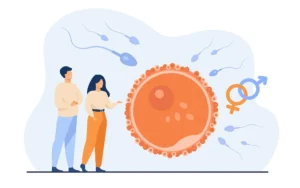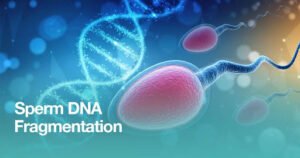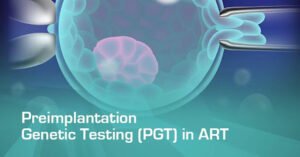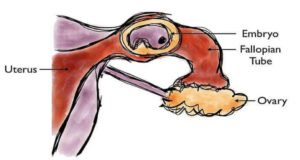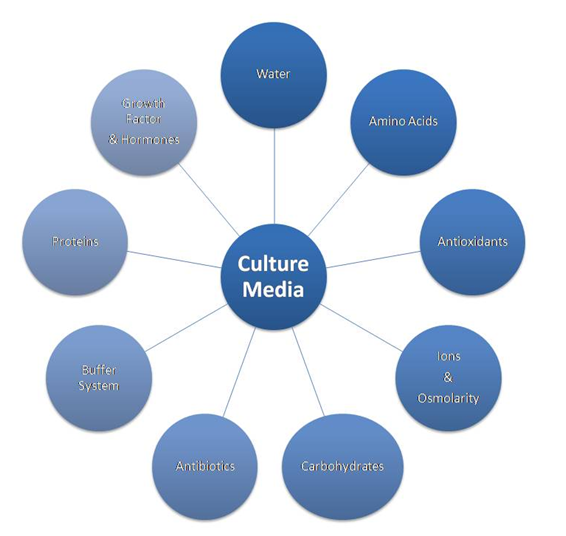Fertility Tests For Women

It’s a scary thought – being unable to conceive.
If you have been trying for months and if each passing day is making you worry that there’s a problem, it may be time for a fertility test.
Getting tested to pinpoint the problem is always a wise choice because it removes suspicion and helps you prepare for the future in an informed manner. Otherwise, you may continuously worry, imagining the worst. This kind of stress is not good for conception either.
We have listed out a few common fertility tests for women that you can consider.
Blood tests
A blood test will determine if you suffer from an infection or STI (sexually transmitted infection). This is important because if you have had an STI before or if you have any inflammation, conception could be difficult.
Scans
The doctor may suggest a TVS ultrasound or a pelvic ultrasound to check your ovarian reserve as well as the follicles. If there are multiple follicles, it is good news!
The ultrasound will also help find out if there are cysts or fibroids. Polycystic ovaries are common and among the leading reasons for infertility today.
Hormone tests
Certain hormones are very crucial in reproduction. Low levels of these hormones can ring the alarm bells. Thus, a hormone test will be able to clear the air. Since there are multiple reproductive hormones, you might undergo multiple tests. Below are the hormones you must get tested.
Follicle stimulating hormone
Commonly called FSH, this hormone stimulates the growth of follicles in the ovaries. Increase in FSH causes follicles to be stimulated. They then produce estrogen and grow. One of them grows the most and this is when the ovulation process begins. If you lack FSH, you will not be able to ovulate.
Estradiol
Estradiol regulates menstruation. High or low amounts of this hormone spell trouble because:
- High estradiol indicates lower ovarian reserve
- Low estradiol is a sign of PCOS
Thyroid Stimulating Hormone
Also known as TSH, doctors will check for its levels as well because thyroid problems are known to cause many fertility problems. Both, hypo and hyperthyroidism are bad for fertility.
Progesterone
Under normal circumstances, progesterone levels are high after ovulation (around a week after). As you near the time of your next period, the levels will drop. It is very important to time the test right to get accurate results. If your periods are irregular, you may not get the right results.
Note: Due to the sensitivity of timing, this test is not very dependable
Prolactin
Prolactin works to inhibit FSH, forcing it to stop follicular stimulation. High levels of this hormone could indicate PCOS. Extremely high levels could be a sign of a tumor.
If you have no issues with your periods and your progesterone levels are normal, this test can be skipped unless there are other clinical indicators.
Luteinizing Hormone
This hormone works just like FSH. Its levels go up right around the time of ovulation. This is the only time this hormone’s levels should be up (24-48 hours). At any other time during the menstrual cycle, if the hormone surges, it could be due to polycystic ovaries. Lower than normal levels immediately before ovulation indicate that your menstrual cycle is not normal.
Anti-Mullerian Hormone
This is a basic test that reveals the number of follicles that are growing. However, it won’t indicate the quality of the eggs.
Cervical mucus test
The consistency of the cervical mucus changes through the menstrual cycle. Examining it and testing its components will help determine if your periods are normal and if there are any sperm-killing antibodies in it.
Advanced fertility tests for women
Let’s walk through a few advanced fertility tests that the doctor may recommend after the basic tests.
Laparoscopy
The surgeon will inject a camera through holes created near the public hairline to get a check if all reproductive organs are okay. This test will also help find scars or endometrial growths.
Magnetic Resonance Imaging
Commonly called MRI, this test helps assess the uterine wall. It is recommended in case there’s endometrial growth on the uterus, painful periods, IVF failures, etc.
Note: This is an expensive procedure.
Hysteroscopy
This test helps determine the presence of polyp growth and scarring through a small camera. It is inserted through the vagina.
Endometrial biopsy
This test is conducted between the 18th and 28th days of the menstrual cycle. The doctor will take a tiny piece of the uterine lining to check its development when progesterone is released.
Saline hysterogram
The doctor will inject a saline solution in the uterus to check abnormal growth, polyps, etc.
Hysterosalpingogram
This is an X-ray that checks the condition of the tubes and uterus. The doctor injects a radio-opaque dye to facilitate this.
Tests help determine the current situation and pave the way forward. You will be able to work with your doctor to get the right treatment and conceive as quickly as possible.
Reviva IVF – A fertility treatment centre close to your home!
Reviva IVF is a leading fertility and IVF centre in Chandigarh. We have a team of dedicated medical experts who will work closely with you and recommend the right fertility tests based on your situation. We will walk with you from day 1 and ensure that this is not a cumbersome process for you. To book an appointment, get in touch with us now!






